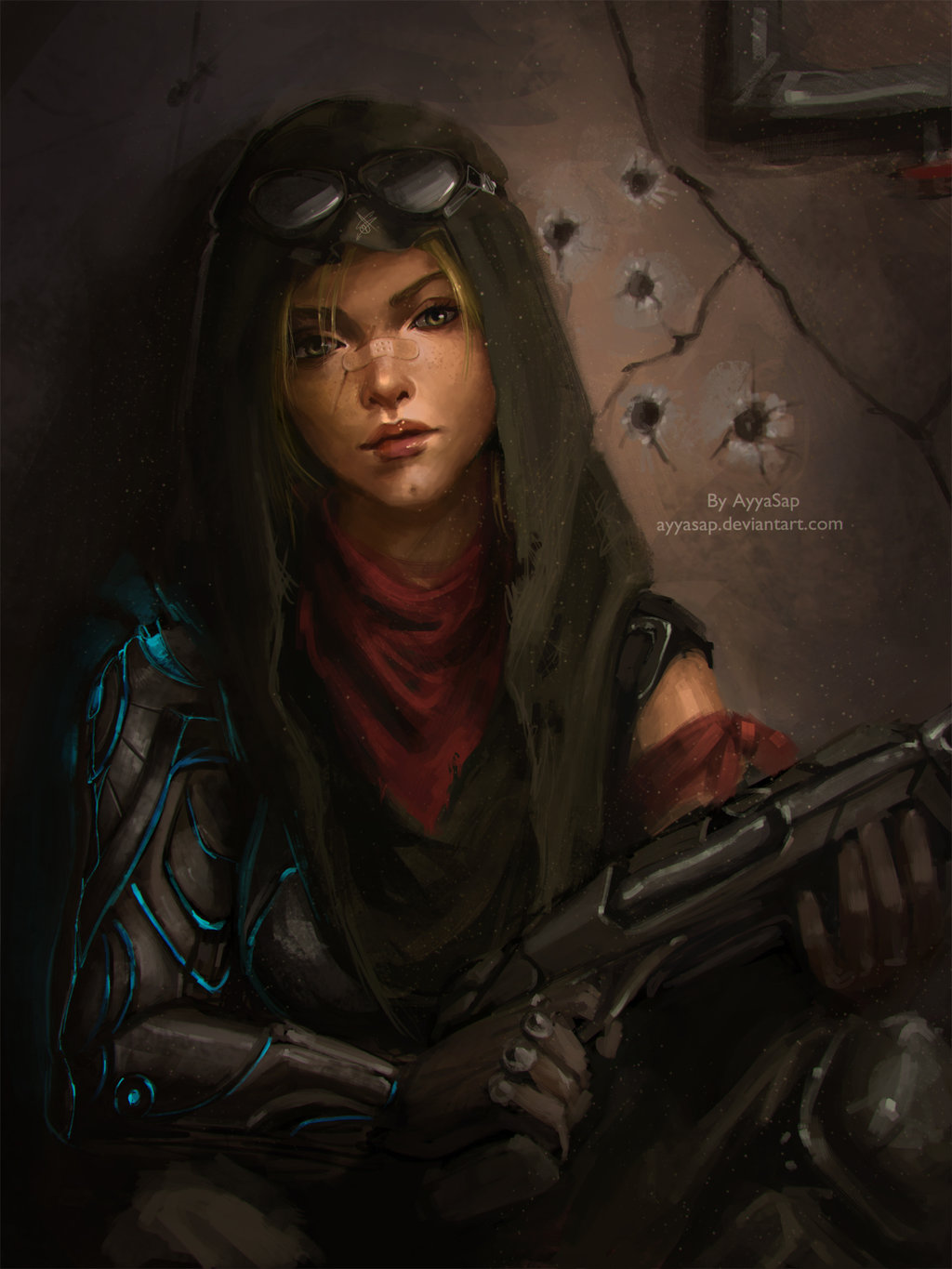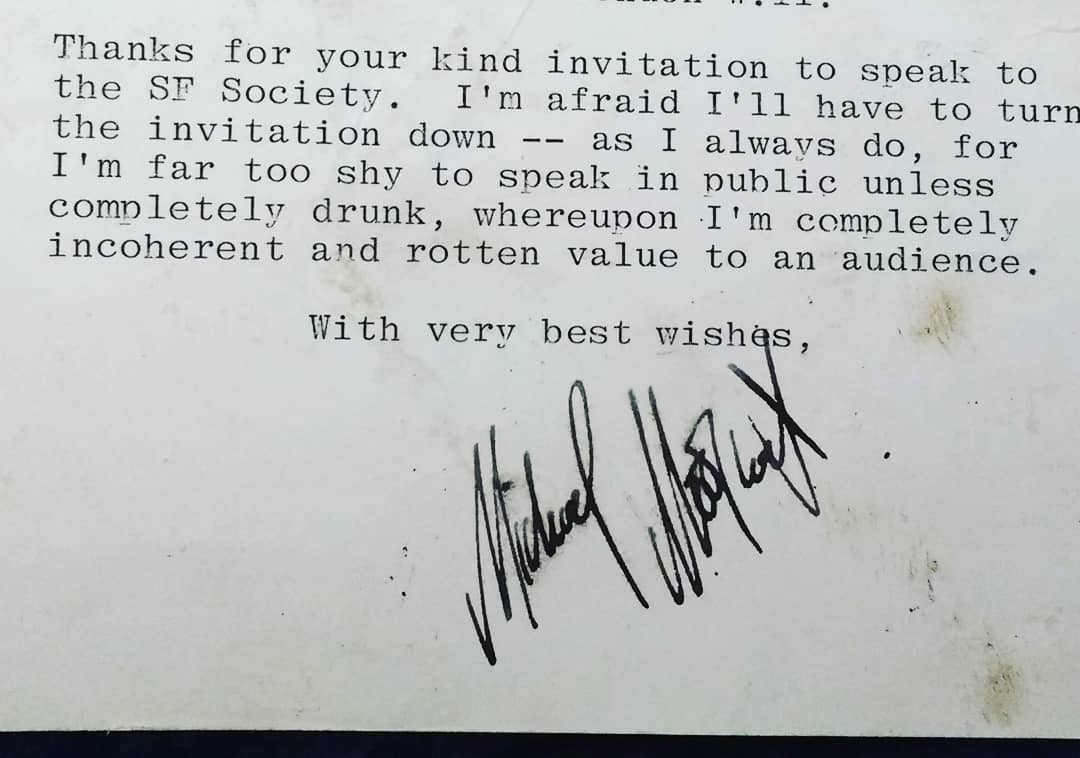 Okay….this is gonna be a difficult one.
Okay….this is gonna be a difficult one.
It’s gonna really be a column about how we can’t do a column that turns into a column. We’re going to look at how we look at science fiction, how historically it has evolved and how that isnt’ helpful to us. We might even learn something about games from it.
So join me as we deal with the galactic elephant in the room: Scifi & Space Opera. Please note, in the column, I’m going to be using the terms and little bit interchangeably. I’m aware that it’s a misnomer, but for the purposes of this column, I hope to show how one evolved from the other. We might cover earthbound Science Fiction and such in another column but for now, just bear with me.
[Insert Here]…IN SPACE!!!!!
It’s widely agreed that the earliest Science Fiction story is Frankenstein. I think that it’s often cited as a horror story too gives us an idea of how muddied the ‘genre’ is – even at the beginning, the genre was a hybrid, part something else.
As the genre grew and involved stories that were part pulp adventure and speculative fiction, Science Fiction never really escaped to run on its own like, say, horror. It became more of a veneer, spread across another genre for flavour. This was never more clear than in the fifties and sixties when the space race inspired many to essentially rewrite Western stories as set them in a galactic environment. When the Western became introspective, space opera followed suit, with some sixties and seventies authors using SciFi as a way to examine the harrowing implications of future technology. The genre was beginning to grow up.
Then Star Wars Happened.
Reinforcing some existing tropes, adding fantasy and samurai tropes to the mix forever changed the genre and it took a long while to recover. The Space opera was truly born. While Star Wars is an amazing achievement, for the purposes of this pigeonholing a genre, it creates an impossible task. Science fiction is really another genre with lasers and star ships. What exactly is Star Wars? Is it a space film? A High Fantasy? A Western? A Wuxia Tale? No one really knows. George Lucas seemed to, in later years, think it was a kids comedy, trade documentary and starflung romance. Maybe he was right because the setting is almost impossible to define.
Which presents us with a few problems. Like where to go with the rest of this column.
Examples in RPG
So, Maybe I can’t point to exactly what the space genre is when you remove the other genres but I can point to a few examples that really stick. These are all space bound games: we’ll look at games based on earth in columns on other genres.
Star Trek Adventures: Star Trek is a great space opera setting and its concern with moral questions allows it to have its own feel that is easily imitable. It’s had a number of great RPG games over the years (Last Unicorn’s was a great example) but the current one is Modiphius’s Star Trek adventurers which allow you to play in almost all eras of the star trek universe. The system really gets out the way and lets you tell stories.
Traveller: The big bad dad of the space adventure genre. This game has several editions all of which allow you to die during character creation. If you want your game vast, riddled with thousands of systems and more importantly to be something you built yourself, this game is the best bet. Just be ready for its denseness.
Serenity Roleplaying Game: Wearing its wild west action on its sleeve even more than Original Star Trek, Serenity is about smaller, personal stories. The game is a really well built engine that explains some parts of the universe that might not have occurred to you and teaches you bad Chinese. Shiny.
Lost In Space
So this column could talk about planets, lazers, alien civilisations and spacecraft but I think you know all that already. So I’m going to spend some time thinking about a few things we can use in our games that come from its history as almost a non-genre
Everything Fits….
As a kind of catchall terms for ‘thing with future stuff in’ Science fiction might not be easily definable but the flip side is it gives you a broad canvas to paint on. Let’s just for a minute look at the past 11 columns I’ve done for Genre police and you’ll see that each one can be run with advice from other genres to create known settings.
Use MYTHIC for Stargate & Dune
Use GRIMDARK for Warhammer 40k
Use HIGH FANTASY for Star Wars
Use SWORD & SORCERY for John Carter
Use CYBERPUNK for Transhuman Space
Use STEAMPUNK for Space 1889
Use GOTHPUNK for Farscape
Use HORROR for Alien
Use SPLATTERPUNK For Dead Space
Use COSMIC HORROR For Eclipse Phase
Use WESTERN For Star Trek & Serenity
Just add things like space ships and robots and you’re done. This works really well when using RPG material. If the mood took me, I could take the D&D adventure Tyranny Of Dragons, swamp Tiamat for Abeloth and just using my imagination run the plot as a Star Wars game. Swap Dragons for a combination of giant dark side monsters (Hssis, Kryat Dragons, Rancors), make the cult a combination of dark Jedi & Dathomiri witches, swap vampires for Anzati, etc.
This adaptability allows you to basically use any product to power any of your Space Adventures. It’s sometimes less work than preparing the base game it’s from as well.
…But up the scale
With bigger, better technology, comes bigger scale. don’t threaten villages – blow up planets. If you’re going to have a war, include a space fleet element as well as ground troops. If you’re going to have crime lord make them a multi-world baron who is also a tiny robot. Just keep adding scale.
And cross the streams
Not many other settings let you get away with everything. Without breaking immersion, few settings would allow you to have a group made of a robot gunslinger, alien mage, samurai-like warrior, hacker pirate, Psi-assassin and angry barbarian. But Space stuff will probably let you do it. So embrace that. Throw in a cornucopia of odd. Make a table of weird ideas (‘Ghost’ and ‘Robot’ and ‘Cowboy’) and roll twice on it before every session. Try to add the hybrid of the two ideas into the game.
That’s it for our fairly odd Space Opera column. Next we’ll get back to our regularly scheduled programming when I take a look at the other place the western went when we tear it all down, let the dust settle and check out the post-apocalypse.

Creative Commons images: Sci-Fi Warrior Woman by Ayya Saparniyazova and Sci-Fi vs Fantasy by Danil Shunkov.


